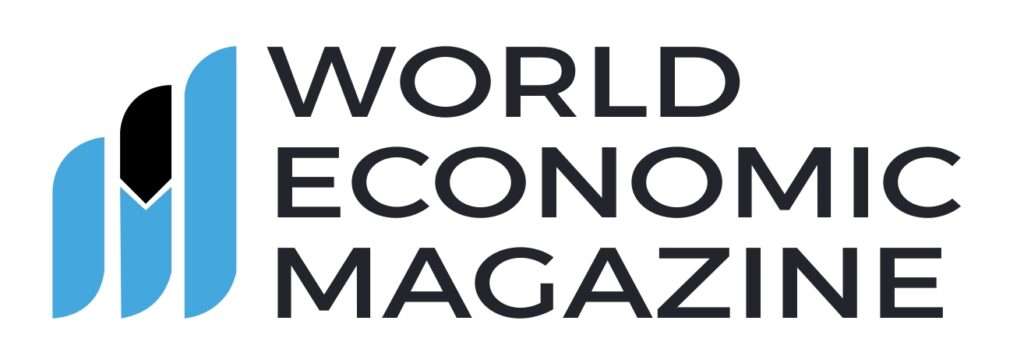
Halliburton Posts Decline in Q2 Profits Amid Sluggish North America Drilling Activity and Industry Headwinds
Oilfield services giant grapples with weak regional demand, global uncertainty, and price pressures as Q2 earnings fall short
Halliburton Company, one of the world’s leading oilfield services firms, reported a significant drop in its second-quarter profit as drilling activity in North America continues to lose momentum. The downturn highlights the sector’s growing struggle with lower oil prices, volatile market conditions, and producer caution.
For the quarter ending June 30, 2025, Halliburton posted a net profit of $472 million, or 55 cents per share, compared to $709 million or 80 cents per share during the same period last year — marking a nearly 33% year-over-year drop.
The company’s North America revenue — its largest market — declined to $2.26 billion, down from $2.48 billion in Q2 2024. The weak performance was primarily attributed to reduced demand for drilling and completion services as exploration and production (E&P) companies scale back activities amid ongoing economic uncertainty and fluctuating commodity prices.
“More Cautious Market Behavior”
Halliburton Chairman and CEO Jeff Miller acknowledged the weaker-than-anticipated performance, stating:
“The oilfield services market will be softer than I previously expected over the short to medium term. We continue to see cautious behavior from our North American customers, who are prioritizing capital discipline over aggressive growth.”
Miller also pointed to macroeconomic uncertainties, including the impact of geopolitical shifts and lingering effects of the previous U.S. trade policy under President Donald Trump, which exacerbated cost inflation across the industry through tariffs on steel and other imported materials crucial for drilling operations.
A Tale of Two Markets: International vs North America
While Halliburton saw a slowdown in North America, its international operations remained relatively stable, driven by ongoing investments in the Middle East and Latin America. However, those gains weren’t enough to offset the regional drag from U.S. and Canadian operations.
The company’s continued focus on technology-driven efficiency and cost-cutting initiatives has helped cushion the blow, but analysts warn that if the softness persists in North America, Halliburton may need to scale back capital expenditures and adjust long-term growth expectations.
Industry Pressures Mount
Several factors are weighing heavily on oilfield service providers like Halliburton:
- Lower Oil Prices: Benchmark crude prices have remained under pressure due to global oversupply and slow demand recovery in China and Europe.
- Producer Austerity: Shale companies are tightening spending and focusing more on shareholder returns than aggressive drilling programs.
- Trade and Tariff Hangovers: Past trade tensions have inflated input costs and created uncertainty around equipment supply chains.
- Energy Transition Pressures: The global pivot toward renewable energy sources is also gradually reducing the growth ceiling for fossil fuel investment.
Market Reaction
Investors reacted with caution. Halliburton’s stock dipped 3% in premarket trading following the earnings release, reflecting Wall Street’s ongoing concerns about the company’s ability to weather a prolonged North American slump.
Still, many analysts remain cautiously optimistic about Halliburton’s long-term prospects given its global footprint, strong balance sheet, and investments in digital oilfield technologies.
Looking Ahead
Halliburton plans to further streamline operations, prioritize high-margin projects, and pursue strategic partnerships to enhance resilience.
“We remain committed to delivering strong free cash flow and optimizing our returns across both core and emerging markets,” said Miller. “Our global team is focused on adapting to the evolving energy landscape.”
FAQs
Q: Why did Halliburton’s Q2 2025 profits decline?
A: The profit drop is mainly due to reduced drilling demand in North America, weak oil prices, and cost pressures stemming from trade-related tariffs.
Q: How is Halliburton addressing these challenges?
A: By focusing on cost-efficiency, strategic international expansion, and advanced technologies to improve service margins.
Q: Is the North American oil market expected to recover soon?
A: Short-term recovery looks uncertain as producers continue to focus on capital discipline and wait for more favorable price conditions.
Q: How are international markets performing for Halliburton?
A: Regions like the Middle East and Latin America have shown stronger activity, partially offsetting the North American decline.
Q: What does this mean for investors?
A: While the near-term outlook is cautious, Halliburton remains a significant player in the oilfield services sector with a strong long-term potential.
Final Thoughts
Halliburton’s second-quarter earnings reveal the persistent challenges facing the U.S. energy sector, particularly as economic, political, and environmental pressures converge. While North America’s drilling slowdown may drag in the short term, the company’s broader global strategy and technological investments may provide the stability it needs to navigate the evolving energy era.






